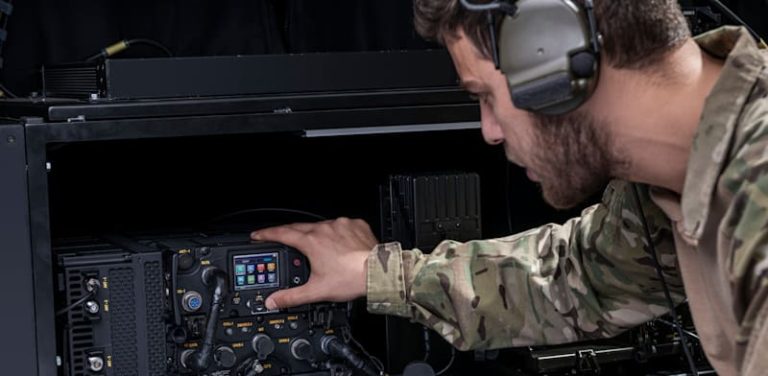

Importantly, it then applies a weighting step, dividing higher-frequency spectral coefficients by the general brightness (the DC part), permitting much less necessary knowledge to be compressed extra aggressively. That’s then fed into the codec, and quite than inventing a very new file sort, the tactic makes use of the compression engine and options of the standardized JPEG XL picture format to retailer the specifically ready spectral knowledge.
Making spectral photographs simpler to work with
Based on the researchers, the huge file sizes of spectral photographs have reportedly been an actual barrier to adoption in industries that might profit from their accuracy. Smaller information imply sooner switch instances, lowered storage prices, and the power to work with these photographs extra interactively with out specialised {hardware}.
The outcomes reported by the researchers appear spectacular—with their approach, spectral picture information shrink by 10 to 60 instances in comparison with commonplace OpenEXR lossless compression, bringing them all the way down to sizes similar to common high-quality pictures. Additionally they protect key OpenEXR options like metadata and excessive dynamic vary assist.
Whereas some data is sacrificed within the compression course of—making this a “lossy” format—the researchers designed it to discard the least noticeable particulars first, focusing compression artifacts within the much less necessary high-frequency spectral particulars to protect necessary visible data.
After all, there are some limitations. Translating these analysis outcomes into widespread sensible use hinges on the continued growth and refinement of the software program instruments that deal with JPEG XL encoding and decoding. Like many cutting-edge codecs, the preliminary software program implementations might have additional growth to totally unlock each function. It is a work in progress.
And whereas Spectral JPEG XL dramatically reduces file sizes, its lossy strategy could pose drawbacks for some scientific purposes. Some researchers working with spectral knowledge would possibly readily settle for the trade-off for the sensible advantages of smaller information and sooner processing. Others dealing with notably delicate measurements would possibly want to hunt different strategies of storage.
For now, the brand new approach stays primarily of curiosity to specialised fields like scientific visualization and high-end rendering. Nevertheless, as industries from automotive design to medical imaging proceed producing bigger spectral datasets, compression methods like this might assist make these huge information extra sensible to work with.





